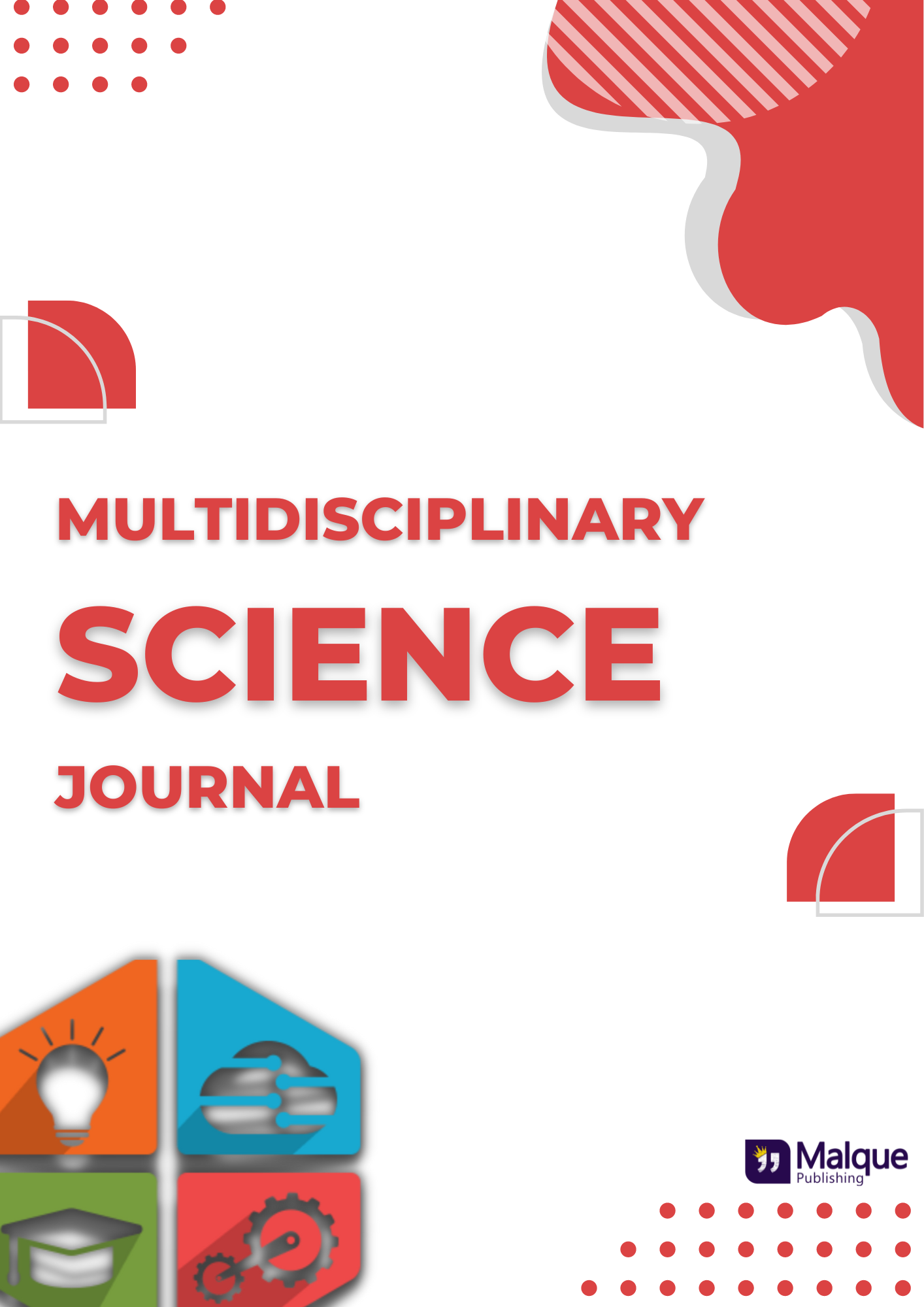The impact of credit volume on money supply and economic growth in Azerbaijan: an econometric analysis
Abstract
Banks are one of the financial entities that perform the work of financial intermediation and, as a result of the loans they provide, help to promote productivity, jobs, and economic development. By increasing their lending volumes, banks will be able to expand their money supply, which will result in a boost to the economy's overall performance. Therefore, substantial research has been carried out to identify the relationship among bank loans as well as economic progress. This study aims to analyze the link among loan volume & money supply in the economy of Azerbaijan. As a method, FMOLS, DOLS and Granger Causality tests, which show co-integration, causality and correlation coefficient from econometric models, were chosen for the data containing quarterly time series of 2006:M1-2021:M9 period. There is a one-way causal connection between money supply and domestic credit volume, so there is a one-way causal correlation among economic growth and domestic credit volume resulting from the findings. It was also discovered that there is a long-term link between the quantity of money and credit accessible to citizens in their nation and the rate at which their economy expands. On the basis of FMOLS test, a 1 percent increase in domestic loan volume results in a 1.078183 percent increase in the money supply. (1.022554 according to DOLS). Performing the FMOLS test does not affect economic development. The FMOLS test found that for every one percent increase in domestic loan volume, economic growth improves by 0.44243 percentage points, based on the number of domestic loans (0.439953 percent according to DOLS).










